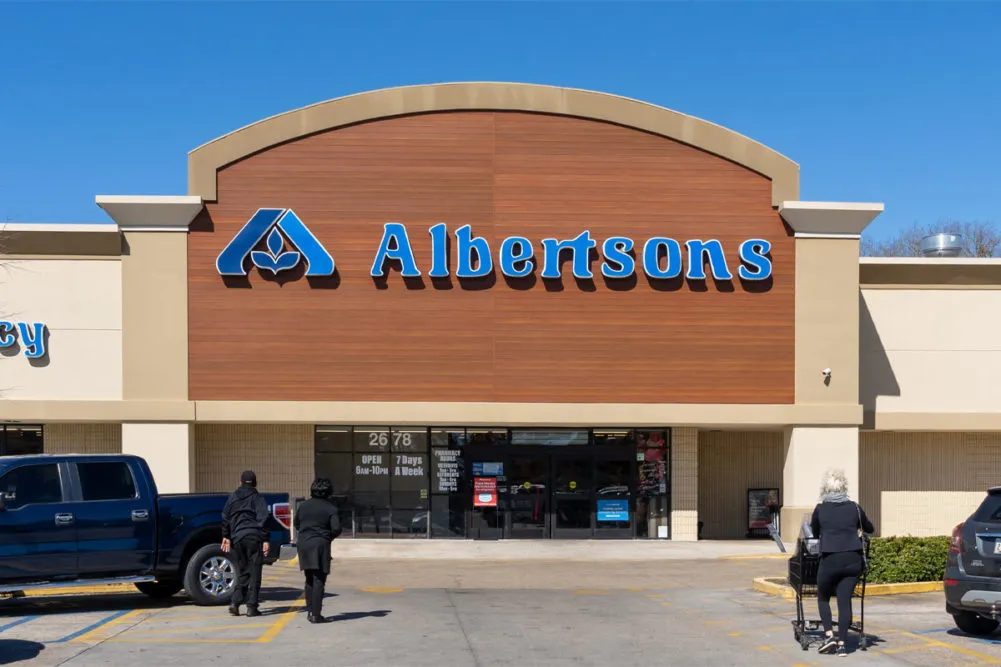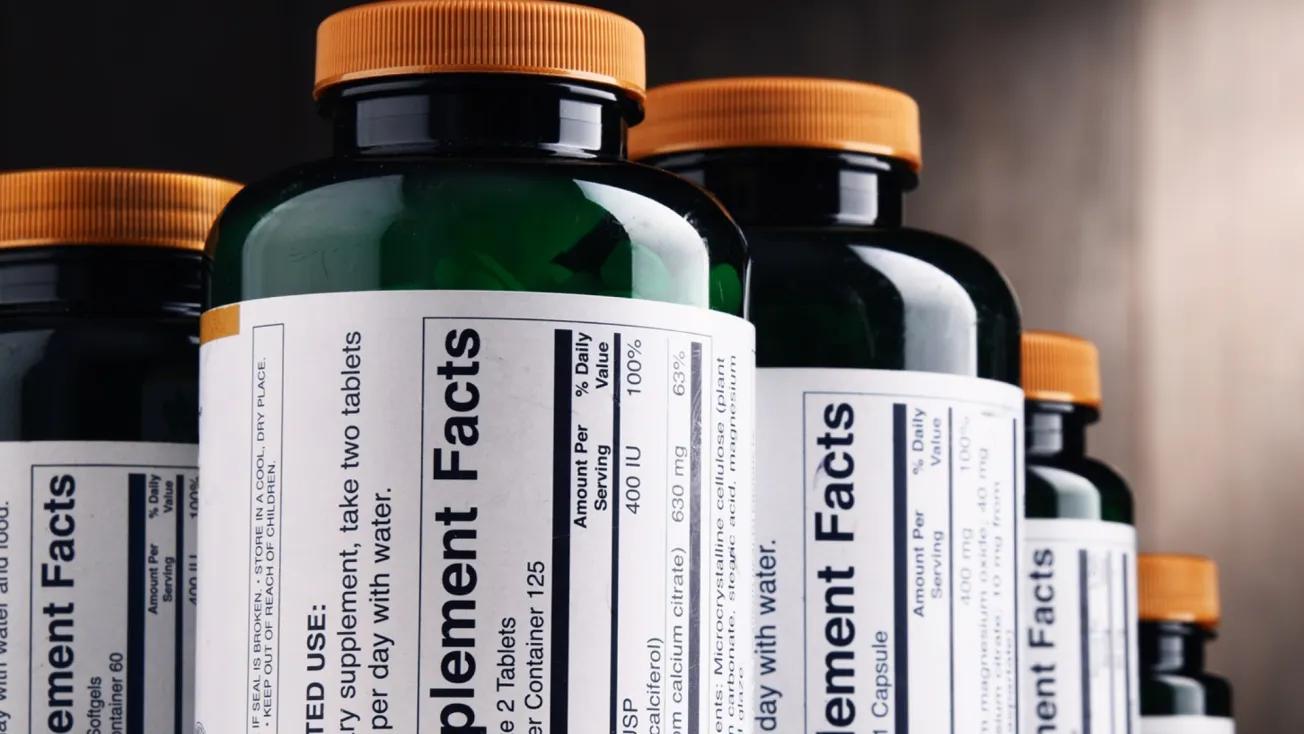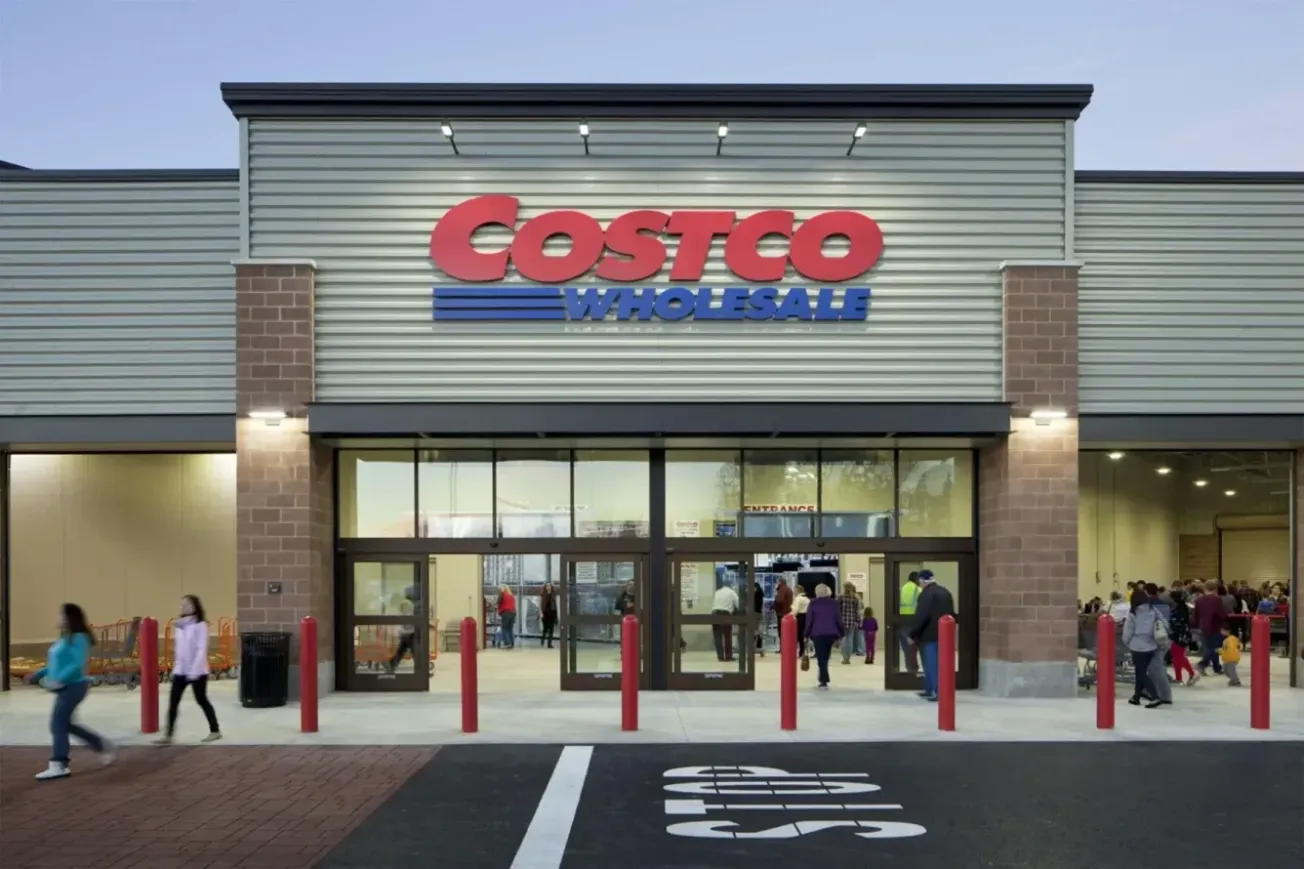Albertsons is charting a new course following the collapse of its $25 billion merger with Kroger, a deal scuttled last year amid regulatory roadblocks and a contentious legal battle. On Wednesday, the grocery chain raised its profit forecast for fiscal 2024, signaling a strategic pivot to strengthen its competitive position against retail giants like Walmart and Kroger.
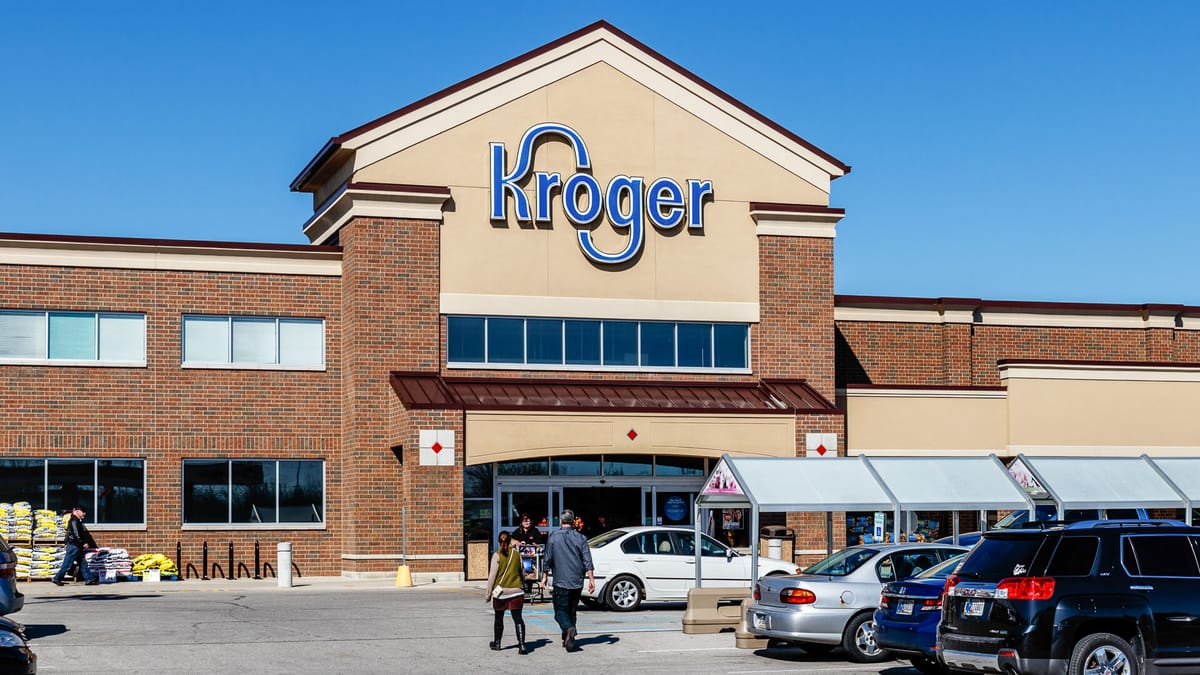
During its first earnings call in over two years, CEO Vivek Sankaran emphasized the company’s renewed focus on digital sales and retail media investments to attract shoppers and build market share. Sankaran acknowledged the competitive challenges posed by faster-growing mass and club retailers, underscoring Albertsons’ need to “perform better to gain market share overall.”
Albertsons raised its annual adjusted profit forecast to $2.25–$2.31 per share, up from $2.20–$2.30, citing improved cost-saving measures and operational efficiencies. The company also expects identical sales growth between 1.8% and 2.0%, slightly narrowing its earlier range.
The grocer’s third-quarter net sales rose 1.2% year-over-year to $18.78 billion, falling just short of analysts’ estimates of $18.82 billion, according to data from LSEG. However, Albertsons’ adjusted profit of 71 cents per share outperformed expectations of 66 cents, bolstering investor confidence. Shares of the company rose 1.2% in early trading.
Sankaran pointed to Albertsons’ retail media business as a cornerstone of its growth strategy. The company uses targeted media campaigns and advanced data analytics, including generative AI, to enhance customer engagement and spending. Analysts see retail media as a promising avenue for grocery chains to generate advertising revenue from food and consumer product manufacturers.
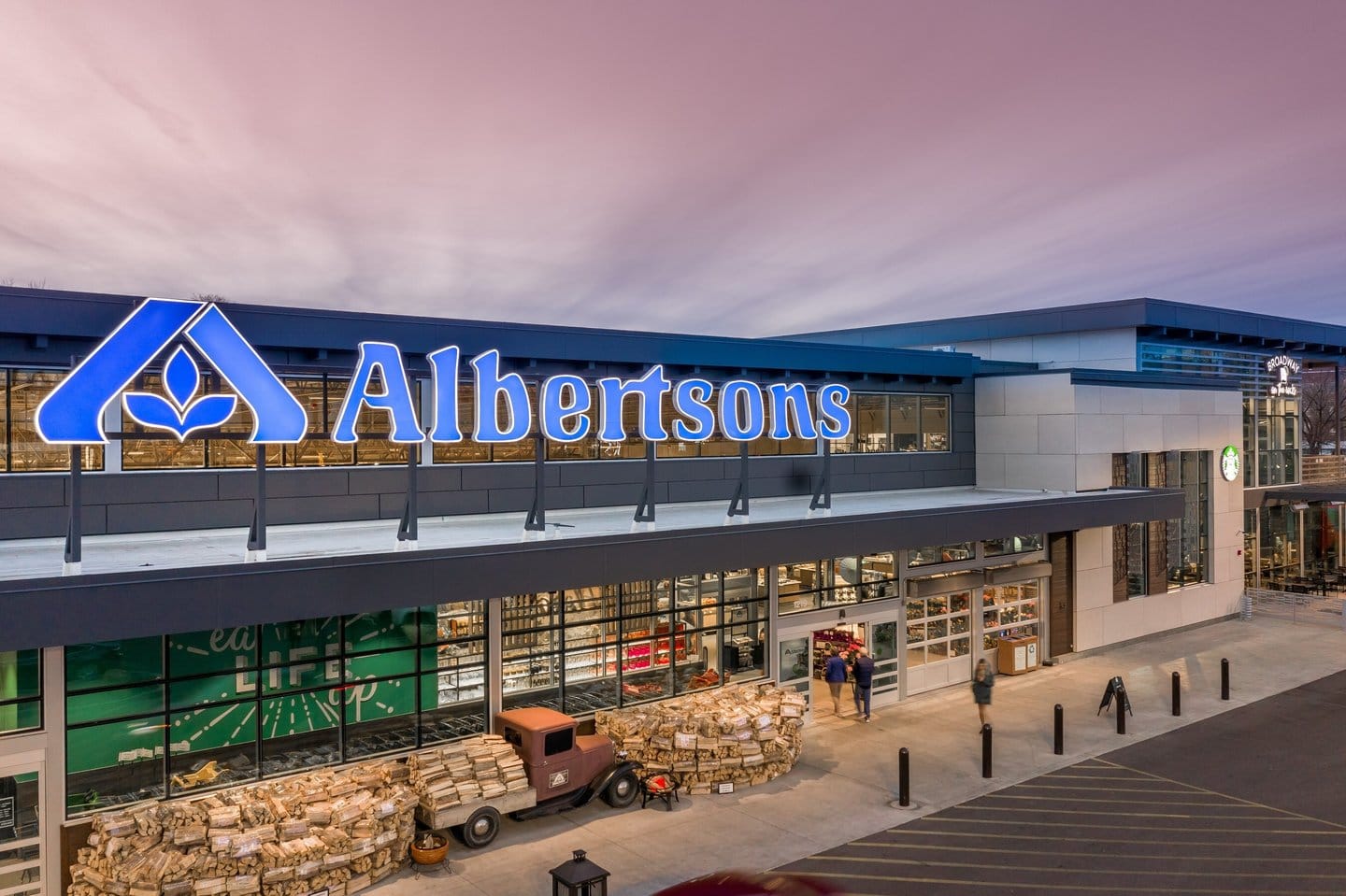
“A lot of the big box retailers have media businesses, and they're leveraging the data they have to better target consumers,” Joseph Feldman, an analyst at Telsey Advisory Group told Reuters.
Albertsons plans to deliver $1.5 billion in savings over the next three years, which Sankaran described as critical to competing in a landscape dominated by larger players.
The upbeat forecast comes after a turbulent year marked by the unraveling of Albertsons’ proposed merger with Kroger. The deal, which faced staunch opposition from regulators and consumer advocates, was terminated in December after courts sided with the Federal Trade Commission (FTC) and state attorneys general who argued the merger would reduce competition, drive up prices, and weaken labor protections.
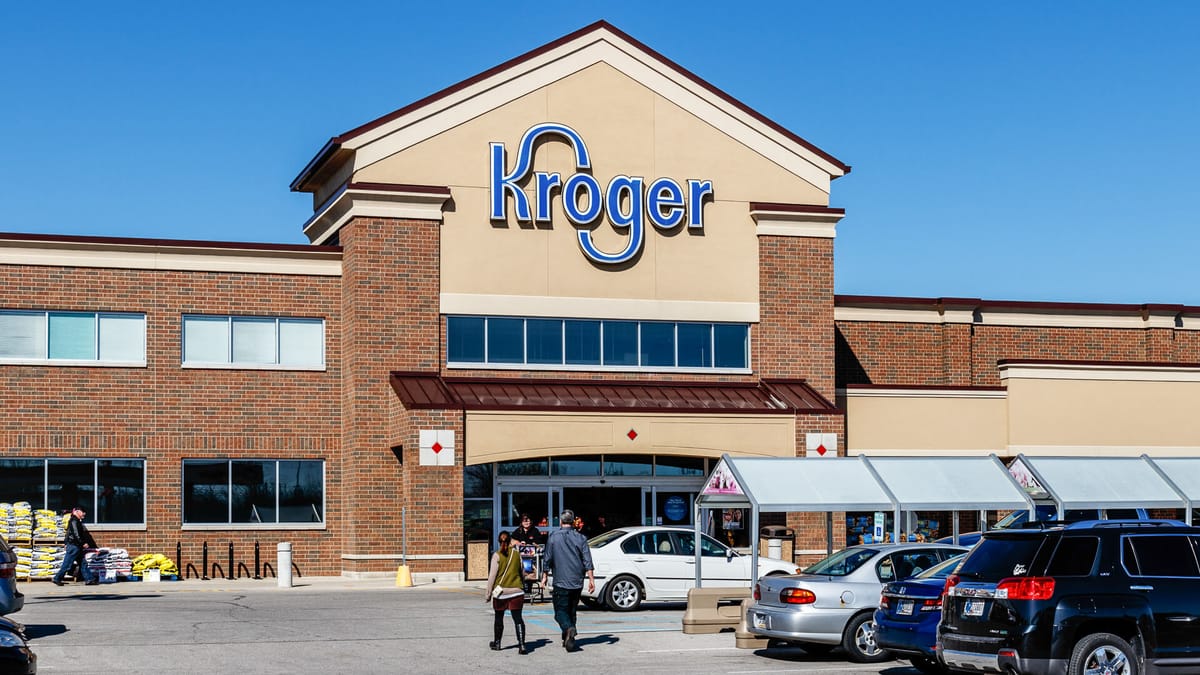
Albertsons has since filed a lawsuit against Kroger in Delaware’s Court of Chancery, accusing the rival grocer of failing to fulfill its contractual obligations to secure regulatory approval. The suit seeks billions in damages and a $600 million termination fee, alleging Kroger prioritized its fiscal interests over the merger's success.
Sankaran noted that the failed merger left Albertsons in “years of unnecessary limbo,” with lost opportunities and diminished shareholder value. However, the CEO expressed optimism about the company’s ability to move forward and capitalize on growth opportunities in an evolving grocery market.


